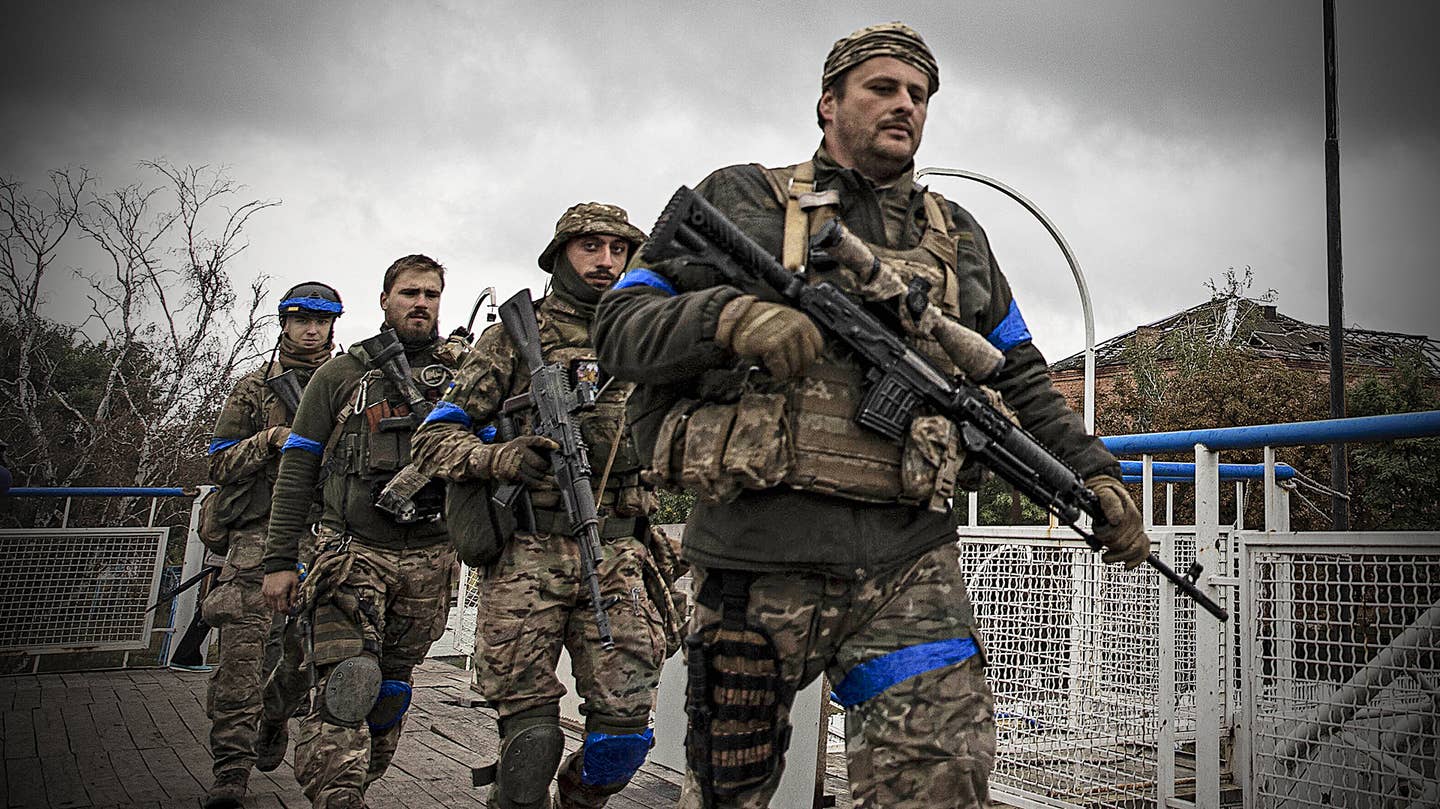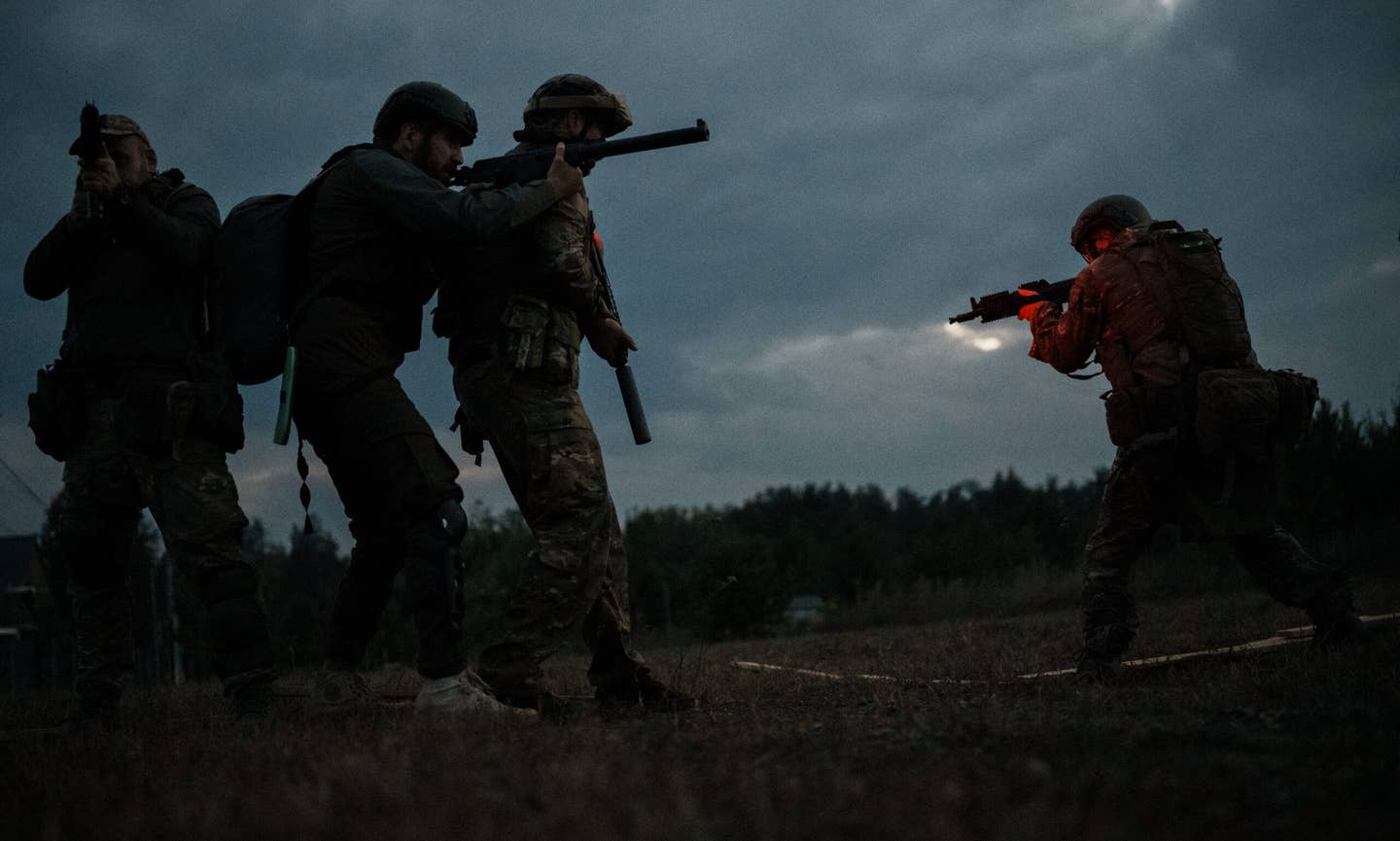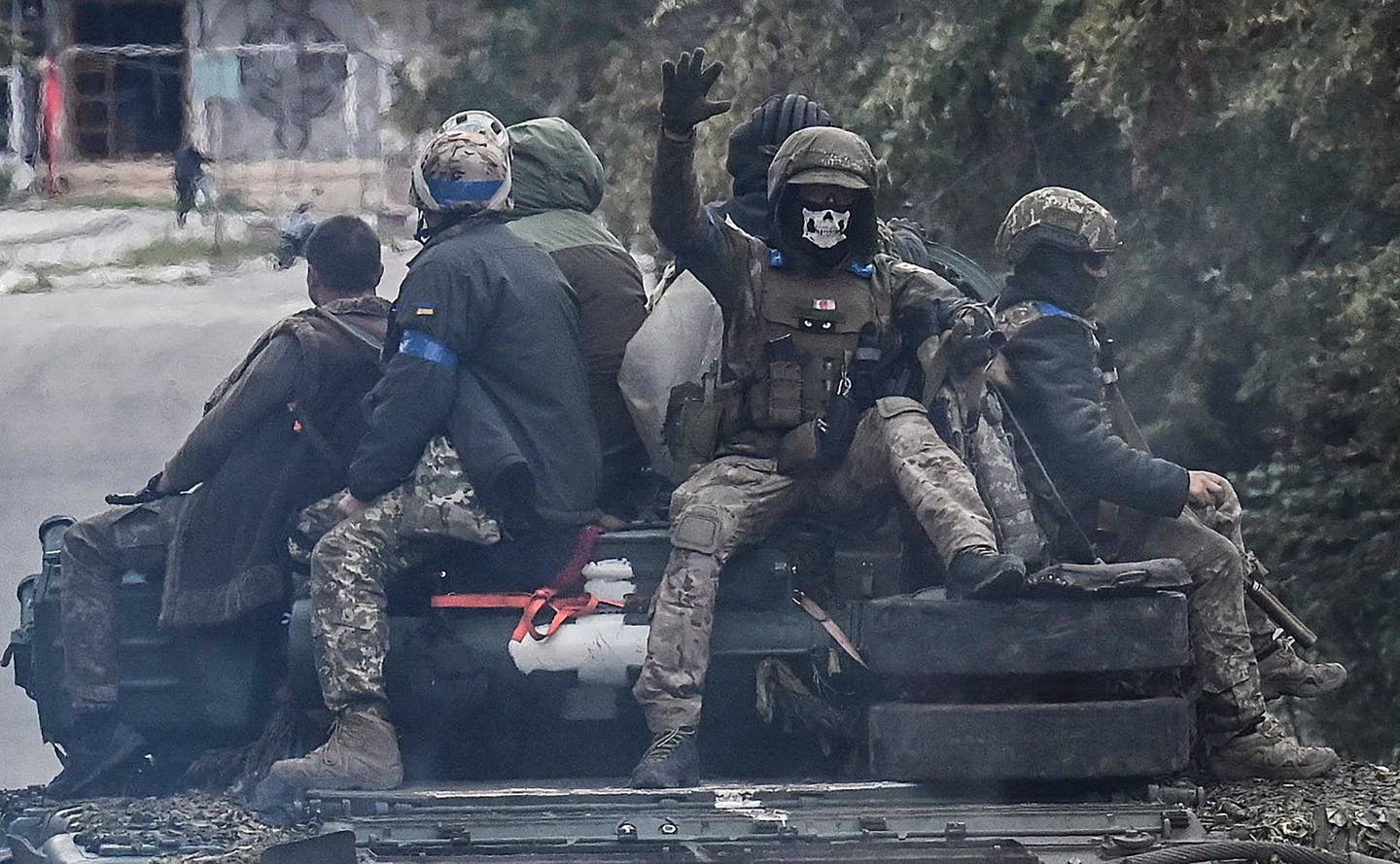HOWARD ALTMAN

The Marine Corps's top officer says there are many lessons and affirmations to be learned from how Ukrainian troops are fighting Russians.
Especially in Ukraine's empowerment of small unit leaders and its use of surveillance and countersurveillance to target artillery fires. These are two elements that are a big part of Marine Commandant Gen. David Berger’s Force Design 2030 concept to remake the Corps into a forward-deployed, distributed force under the guns of a peer adversary like China.
Ukraine’s success on the battlefield “does reaffirm the fact that small unit leaders who are well-trained, who have the experience and maturity to make decisions and are empowered to make decisions in lieu of detailed guidance is powerful,” said Berger, speaking at the Defense One’s State of Defense virtual conference Thursday.
“Even when outnumbered, even when up against formations that are two, three, four times as big, if they are mobile, if they're distributed, if they're well-trained and well-led, they can actually achieve…a tactical advantage over a much larger organization even if it has some systems that the smaller units do not have.”
One of Ukraine’s great advantages over Russia is that its small units can operate with a degree of independence, reacting to battlefield conditions, while Russian units, under a highly rigid command hierarchy, have to wait for instructions from higher headquarters, leaving them unable to respond quickly to the dynamics of combat.
 Ukrainian troops enjoy the advantage of being able to operate with a degree of independence at the small unit level. (Photo by Serhii Mykhalchuk/Global Images Ukraine via Getty Images)
Ukrainian troops enjoy the advantage of being able to operate with a degree of independence at the small unit level. (Photo by Serhii Mykhalchuk/Global Images Ukraine via Getty Images)“So what did we learn? Partly that it reaffirms entrust, empower junior leaders. Stop micromanaging. Frankly, allow them to make decisions in lieu of detailed guidance, and then don't jump down their throat if it's done a little bit differently than you had in mind. Actually, reward ‘em for taking initiative. Don't wait. Lean into it. Understand and accept risk.”
The ferocity displayed by Ukrainian troops “reaffirms the physical aspect of combat as well,” said Berger. “These aren’t machines versus machines. There's a human toll. There's an endurance factor. All of the physical toughness part that is the heart and soul of the Marine Corps [is] all playing out in Ukraine as well. And I don't think it's a big surprise to those of us who know that many of the Ukrainian tactical leaders trained in the U.S. at our schools alongside us.”
 Ukrainian soldiers sit atop a tank in Izyum, Kharkiv Region, eastern Ukraine on Sept. 14, 2022. (Photo by JUAN BARRETO/AFP via Getty Images)
Ukrainian soldiers sit atop a tank in Izyum, Kharkiv Region, eastern Ukraine on Sept. 14, 2022. (Photo by JUAN BARRETO/AFP via Getty Images)A big part of Force Design 2030 is the ability of Marines to operate in far-flung places, with few resources and limited ability to resupply in a contested area.
Ukraine has displayed great logistics prowess and adaptability, which the Marines would have to rely on to make Force Design 2030 work.
“The side that can adapt to the fight they have, not the one that they planned, not the one that's in the school book, not the one that's in the doctrinal manual, but the one they have in front of them - the one who can adapt faster has a huge advantage. That's that agility of the mind which we press into Marine leaders all the time.”
As far as new lessons, Berger said “lethality in terms of artillery versus artillery. Some might say, ‘wow, this is just going to be a slugfest,’ but we're actually learning that there's a huge value to reconnaissance [and] counter reconnaissance. In other words, the side that can see more and prevent the adversary from seeing them actually adds to it. It's not just back off and slug it out. Ukrainian forces are doing a fantastic job in terms of small tactical unit reconnaissance and actually counter reconnaissance. This is a great learning point for the Marine Corps.”
No comments:
Post a Comment